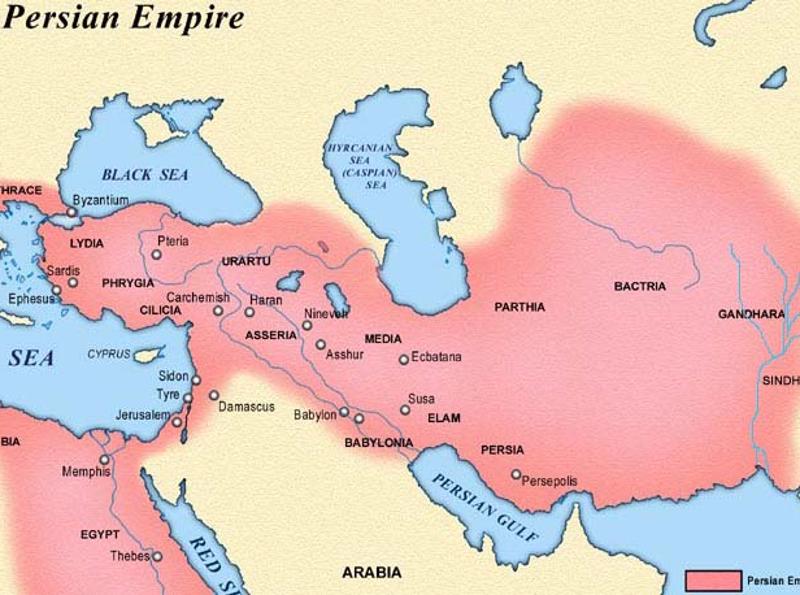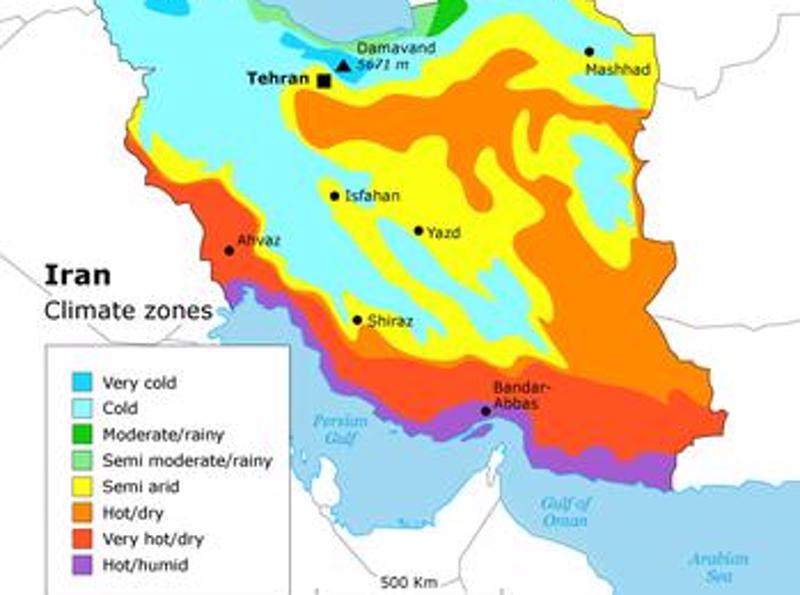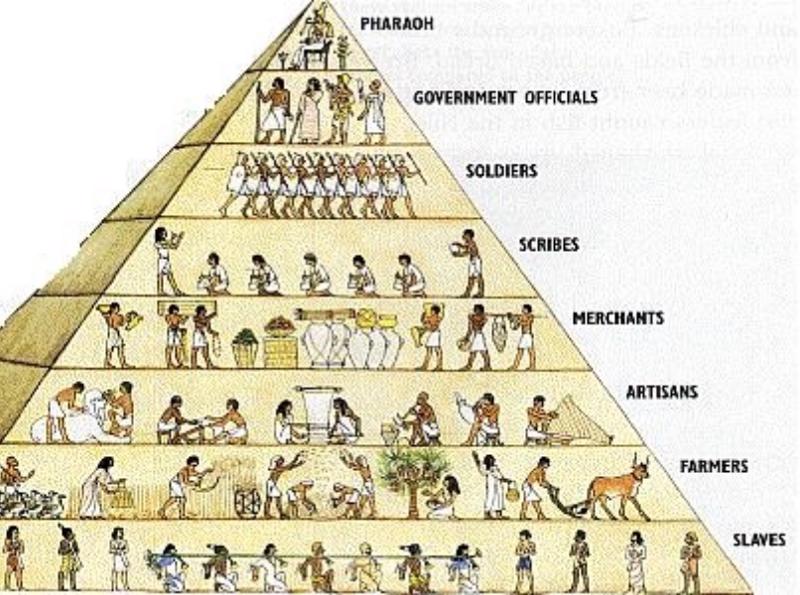Ancient Persia
Geographic Structures of Early Ancient Persia
. As you can see Persia or also known as Iran is located at the Middle East which it is between Africa, Europe, and Asia. While the Caspian sea is at the North of Persia and to its South, is the Persian gulf. The area of this continent is 1.648 million km².
The Geographic, Political, Economic, Religious and Social Structures of Ancient Persia
August 02, 2017
|
Persia,1000 BCE
Geographic Structures of Early Ancient Persia
. As you can see Persia or also known as Iran is located at the Middle East which it is between Africa, Europe, and Asia. While the Caspian sea is at the North of Persia and to its South, is the Persian gulf. The area of this continent is 1.648 million km².

They have a variable climate which it can be semi arid to subtropical. Do you know that Persia is also known as the world’s oldest civilizations back in 3200 B.C . We found out that over the centuries even though the rough terrain kept many of these villages fairly isolated from one another, they still develop being a strong, regional and town-based identities.
Political Structures of Early Ancient Persia
In Ancient Persia, they have a satrapy system. Satrapy is where a local ruler, rules a province or a specific place. In Ancient Persia twenty provinces were each ruled by a satrap and each provinces were taxed based on its wealth.
Religious Structures of Early Ancient Persia

The Persians didn't have many gods. In 600 BCE, a prophet named Zoroaster, preached another ideology, which is they only have one god, who was called Ahura Mazda. The world's first monotheistic religion. He(Zoroaster) taught some series of poems called Gothas and later called Avesta, it quickly spread across the Persian society.
Economic Structures of Ancient Persia
Persians rely on their agriculture. It was said that most of their agriculture was based on dry farming, for the Persia or mostly known Iran has a rocky, shallow, topsoil. The important crops that they produced are wheat, barley, legumes, and few cash crops such as tobacco, sugar beets and sesame.
Social Structures of Early Ancient Persia
King and the Royal Family
-King was the most powerful human, in the social hierarchy of Ancient Persia. It was said that the Royal Family, was often related with the King by blood. But sometimes, some children were adopted by the King and so they’ll be part of the Royal Family.
Priest
-Priests were second in the social hierarchy of Ancient Persia. For the Priests performs the sacred rituals of a religion. These are the individuals who are responsible for doings, sacred rituals of religion.
It was also said, that these Priests can question the orders and the decisions, of the King.
Aristocracy
-These people were the famous citizens. And known as the advisers or the guiders of the King. They were the ones who advises and guides the King, in his decisions, plans, ruling his kingdom, etc.
Military People or Nobles
-These were the warriors of the Ancient Persia. They were one of the top most powerful and famous people in the social hierarchy of the Ancient Persia. Because in Persia, being a part of Military or being a warrior, is a huge honor to them.
Craftsmen
-These are the people who were skilled workers.
Peasants
-These were the kind of people who belonged to the farmer’s section or to the labor's section, or maybe individuals who owns a small portion of land or farm.

Slaves
-These were the lowest level of people in the social hierarchy of Ancient Persia. It was said that these people’s were forced to live miserable. They are the untouchables.
1.
Ancient Persia
2.
The Rise and the Fall of the Persian Empire
3.
Evolution of Prehistoric People’s of Ancient Persia
4.
Development of Key Cultural Features
5.
The Geographic, Political, Economic, Religious and Social Structures of Ancient Persia
6.
Geography of Ancient Persia
7.
Facts and Trivia
8.
Credits
9.
Credits
10.
Members
Share your travel adventures like this!
Create your own travel blog in one step
Share with friends and family to follow your journey
Easy set up, no technical knowledge needed and unlimited storage!